Leila Nourani
“Tirezhoudar dress” is a kind of women’s Kurdish dress that proceeded the “Kambarchin” or “Chindar” or “Ba chin” dress (a dress made with crease) model. The fabric is cut into several sections and the Tirouzha (a triangle-shaped fabric that is used to make the dress loose) will be sewn to the sides of the dress. The skirt part of the dress is loose with no creases. The front and back of this dress is made of two parts. The sleeves have Sorani (a long piece of fabric that is attached to the sleeves). The collar was called “Kurdish collar” which was a simple round-shaped collar. Women used to wear Dasmal (a fine fabric that was worn over the shoulders like a shawl) and Pshtwen (a long piece of thicker fabric for the waist) with the dress.
This dress model is still commonly used in Ardalan and the South of Kurdistan (Iraqi Kurdistan). However, women wear “Kawashor” (a form of long coat) or “Saya” (a delicate fabric sewed in the form of a coat) or “Soukhma” (a vest) or “Kawa” (a sleeved bust model) with their Tirouzha dresses nowadays. The reason for this change is unknown.
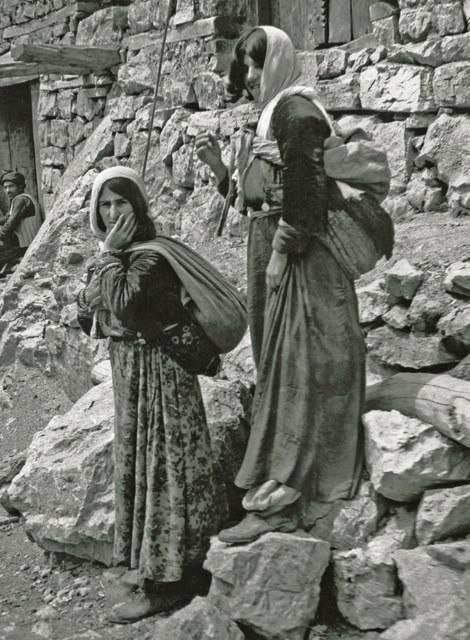
Tirezhou
There are two pieces of triangle-shaped fabric on each side of the dress. The top angle of the triangle would be sewn to the part that attaches the sleeves to the dress. This is done to make the dress loose. There are two parts attached to the sleeves that are called Sorani. In the past dresses didn’t have Sorani. The sleeves were made loose and long but then they changed them into Sorani sleeves and finally they cut the Sorani part and applied an elastic to keep the sleeve in place. Dasmal and Pshtwen were also used with this kind of dress just like the Kambarchin kind of dress. At first, the only form of dress that was used commonly was this model but later when the Kambarchin model came along, only elderly women wore them. The earlier forms of Tirezhou dresses were even looser i.e., the triangle-shaped pieces of each side were larger from top to bottom. The Tirezhoudar dress with the Kurdish collar had to have the side parts but if the fabric used for making the dress was wide enough, it didn’t need to have those side parts. The Kurdish collar was simple and it was large enough for the person’s head. In the past, they made dresses very large and loose.
Snaie dress (A model particular to Sanandaj city)
It looks like the Tirezhoudar model without the two triangle-shaped parts at each side and it only has the front and back pieces. It is much tighter than the Tirezhoudar model. The collar and the sleeves can be made in various forms and they are still very common. (This kind of Kurdish dress doesn’t need Dasmal and Pshtwen).
Sorani dress
This kind of Kurdish dress has Sorani on the sleeves. In the past most of the time dresses had Sorani. Some women used to make the Sorani part wide and some made them smaller. In the Mangor region of Kurdistan, they used two and a half or three meters for the Sorani part of the dress. The sleeves were made very large and the dress was made of six pieces of fabric. The Sorani part had some laces and buttons to keep them in place over the shoulders. Some women kept the Sorani parts in place by using pins. This kind of dress was very large and loose and it looked very long from behind.
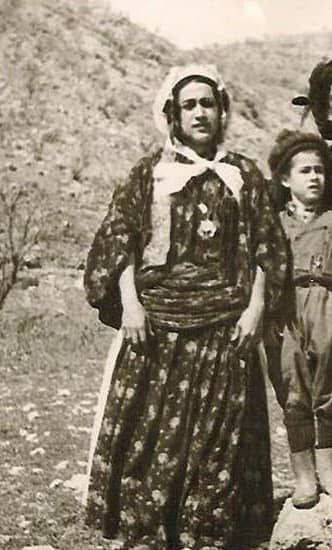
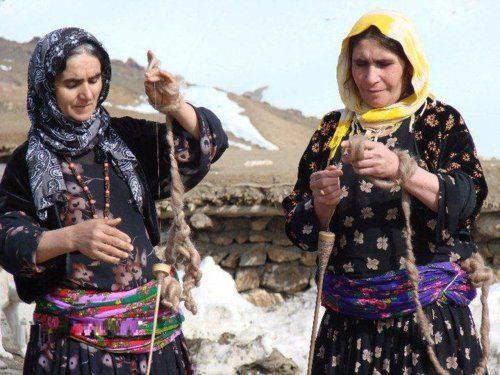
Kambarchin dress (A creased dress)
“Badamen” dress, “Bagnj” dress, “Chinchin” dress, or “Chindar” dress (Chin, Gnj, and Damen mean crease)
It is a kind of dress in which the upper part of the dress is separate from the skirt part and these two parts are sewn together. In the middle of the dress, there are a lot of creases that attach the two parts together. As it is told women wore Tirezhoudar dress more and this kind of creased dress was common among the Jewish women who once lived in Kurdistan. Mukeryan women decided to make some changes in their dress models and they add the creases to them. First, they visited “Great Shekhol Islam” and consulted him about the dress changes so that it wouldn’t be Haram according to Islam because they wanted to be able to pray in those dresses. He confirmed that as long as the dresses were not tight and they didn’t show women’s bodies there would be no problem. This kind of dress was common among Jewish women at first and these changes in its model are still common among Mukeryan Kurdish dresses. In this dress, the upper part is separate from the skirt and they are sewed later. The creases are added to the skirt part. Some sew the skirt part with the creases then they sew it to the upper part of the dress and some others add a crease once at a time while sewing the skirt part to the upper part.
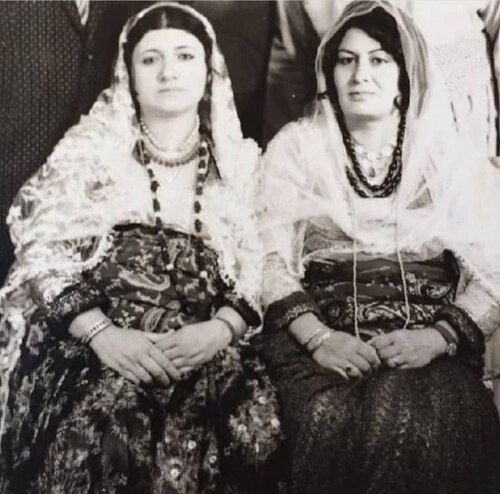
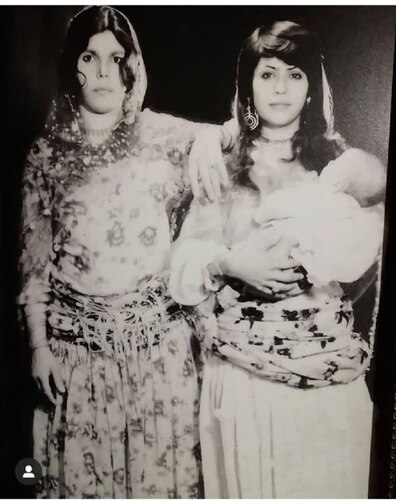
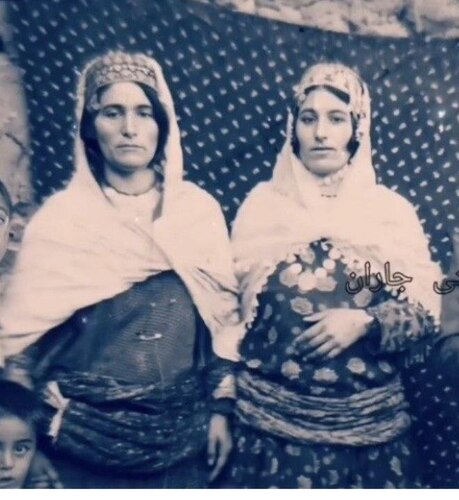
Belief
Most of the elderly women didn’t wear Kambarchin dresses because they thought it was Haram to wear them due to the fact that they were worn by Jewish women at first.
Most of them believed that since this dress is made with separated upper parts and skirt thus it is religiously illegal to wear it.
Shawkrass (Night dress)
This was a dress worn for sleeping.







